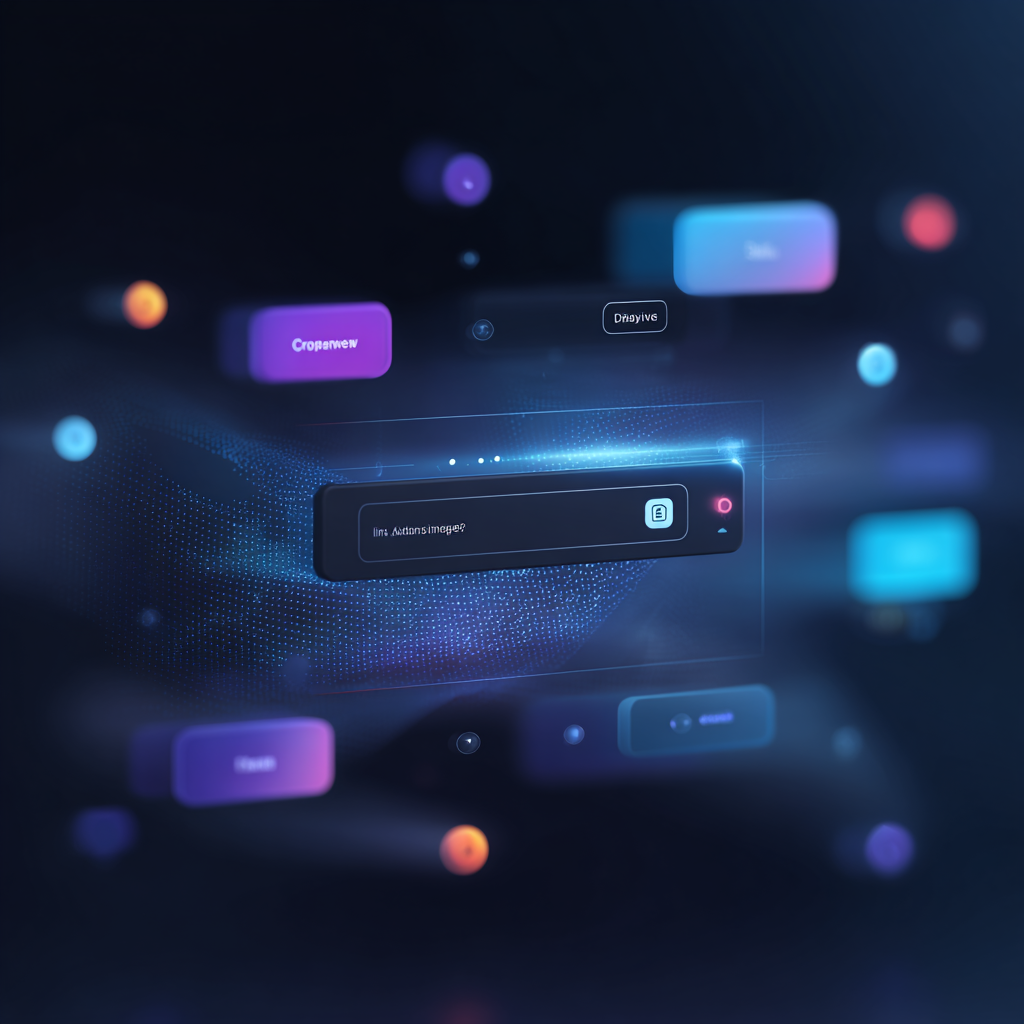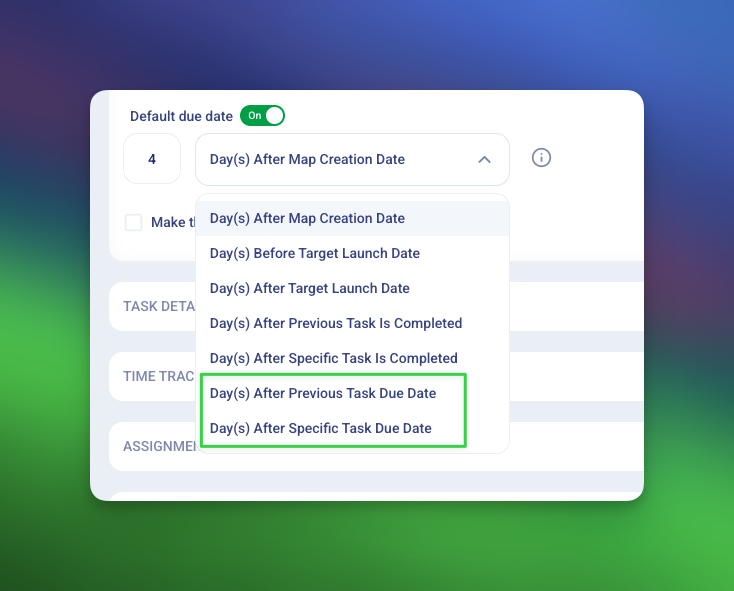6 Steps To Onboard Customers Faster

6 Steps to Onboard Your Customers Faster
Question: what’s the fastest way to make a customer success professional sweat? Answer: put one of their accounts through onboarding hell. Heck, we’re starting to sweat just thinking about some of the slowww onboarding experiences we’ve been put through ourselves. Suffice it to say, the vendors with sluggish onboarding processes didn’t stay Onboard vendors for long.
In the world of B2B—and SaaS, especially—quick and frictionless onboarding is a big deal. Not only have customers come to expect a fast onboarding experience, but they won’t stick around too long if their onboarding experience goes south. For those that do, the road ahead will likely be fraught with support tickets, frantic late-night emails to the CSM, and probably churn.
How to Speed Up Onboarding (w/o Sacrificing CX)
On the other hand, the right balance of speed and quality can positively impact customer retention, revenue growth, and your overall onboarding experience. To that end, here’s the six-part formula we use to sensibly trim down onboarding time without sacrificing CX.
1. Define the Optimal Outcome
Start by determining where your customers want to end up and where you want your customers to end up. This might be as simple as “actively using the product,” or a “satisfied or above” score on a post-onboarding CSAT survey. You might also build optimal onboarding outcomes based on the customer persona, or tailored to a particular type of customer or user segment. A new multi-region enterprise customer might have the end goal of completing knowledge base training for each region.
Either way, it’s important to get this outcome “on paper”—your new north star.
2. K-R-O-W (Work Backwards)
AKA “map it out.” Once you have defined our optimal outcome for a given onboarding journey, work backward to identify the steps required to get there. We find that the KROW method leaves less room for leaving crucial steps out. Depending on the complexity of your product, or the needs of your customers, your KROW map might be quite extensive. This is why it’s so important to organize, automate, and manage these steps.
Which brings us to …
3. Create a Repeatable and Scalable Process
Build a process that can be used and reused to successfully (and quickly) complete the required steps in given onboarding journey. Onboard Organization, for example, brings all of the information from steps 1 and 2 into variable “maps,” each replete with detailed task lists, assignees (individual or groups), and so on.
Another thing to look out for as you create repeatable onboarding processes are the “usual suspects”—the inefficiencies embedded into your processes. One of the most common culprits we see is a lack of personalization, which puts customers through steps and processes that are irrelevant to their particular onboarding map.
4. Leverage Technology
Now that you have a process that is repeatable, scalable and archives the desired outcomes, leverage technology to enable your team to carry out, monitor, measure, and improve. Here are a few common onboarding technologies to consider:
- Onboarding software platforms
- Customer success platforms
- Knowledge base and knowledge management
- Customer support/success ticketing solutions
With regarding to full-suite onboarding platforms, look for solutions that are well rounded in the following areas:
- Organization
- Automation
- Collaboration
- Management
- Visibility
5. Analyze Metrics
Ideally, that technology we mentioned in step 4 can help you understand the KPIs which determine the success of your clients and your team. These will likely include:
- Days to launch: The number of days between a customer signing up and completing their onboarding
- Time to value: The time between when a customer signs up to when they first see value from their purchase
- Satisfaction scores: Try sending surveys after the initial onboarding call and then after full launch
- Onboarder capacity: Measure CS team capacity and overwhelm based on number of accounts or number of accounts + account size
6. Optimize with Frequency
An onboarding formula like this is going to create a lot of data, both quantitative and qualitative. Over time, your performance indicators (onboarding KPIs), broader organizational metrics (churn, retention, etc.), CS team, and customers (most importantly), are going to talk to you. Trends will emerge. You’ll want to conduct yearly or even quarterly reviews of your process, what we sometimes refer to as onboarding optimization “sprints.”
After all, churn is a living breathing target. There’s no time to rest on our laurels when it comes to improving onboarding.
Simplicity, Consistency, Personalization, and A+ Tools
That’s really what faster onboarding boils down to. The most efficient onboarding processes we see have these four things in common: they’re straightforward; they’re familiar and free of surprises; they’re tailored to each customer’s specific needs; and they’re carried out with the help of superb digital onboarding tools. Oh, and one more thing: happy and successful customers who keep coming back.





.png)


